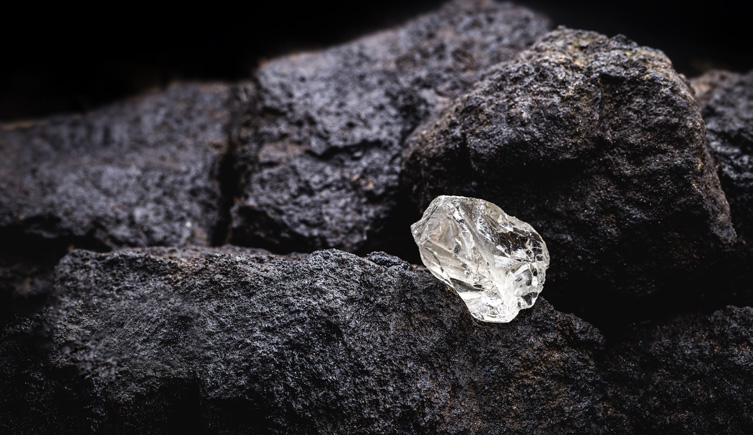Application details
Deadline to apply: Monday 20 January 2025, 17:00 GMT

© RHJPhtotos/Shutterstock
Diamonds, formed deep within the Earth’s mantle, can encapsulate surrounding minerals and fluids as they grow. These inclusions, preserved as the diamond ascends to the surface, offer valuable information into mantle conditions, including pressure, temperature, redox states, and the chemical and isotopic composition across different mantle ages.
Non-destructive analysis techniques, such as single-crystal diffraction, enable the study of these inclusions while maintaining the integrity and geological history of their diamond hosts. However, accurate determination of the chemical compositions can be challenging, particularly when the formation pressures and temperatures are unknown.
In this project, the student will analyse naturally occurring diamonds from the collections of the Natural History Museum and University College London.
To provide accurate determinations of chemical compositions from diamond inclusions through non-destructive means, a combination of diffraction, spectroscopy, and tomography techniques will be employed. This research will contribute to our understanding of the composition of the deep Earth at different depths and provide insight into the cycle of volatiles, water, and carbon in the mantle.
The student will receive training in the characterisation techniques, such as single-crystal diffraction, FTIR, Raman, and fluorescence spectroscopy, and X-ray computed tomography from the supervisory team and through attendance of dedicated workshops and training courses.
Deadline to apply: Monday 20 January 2025, 17:00 GMT
Natural History Museum
University College London

.png)